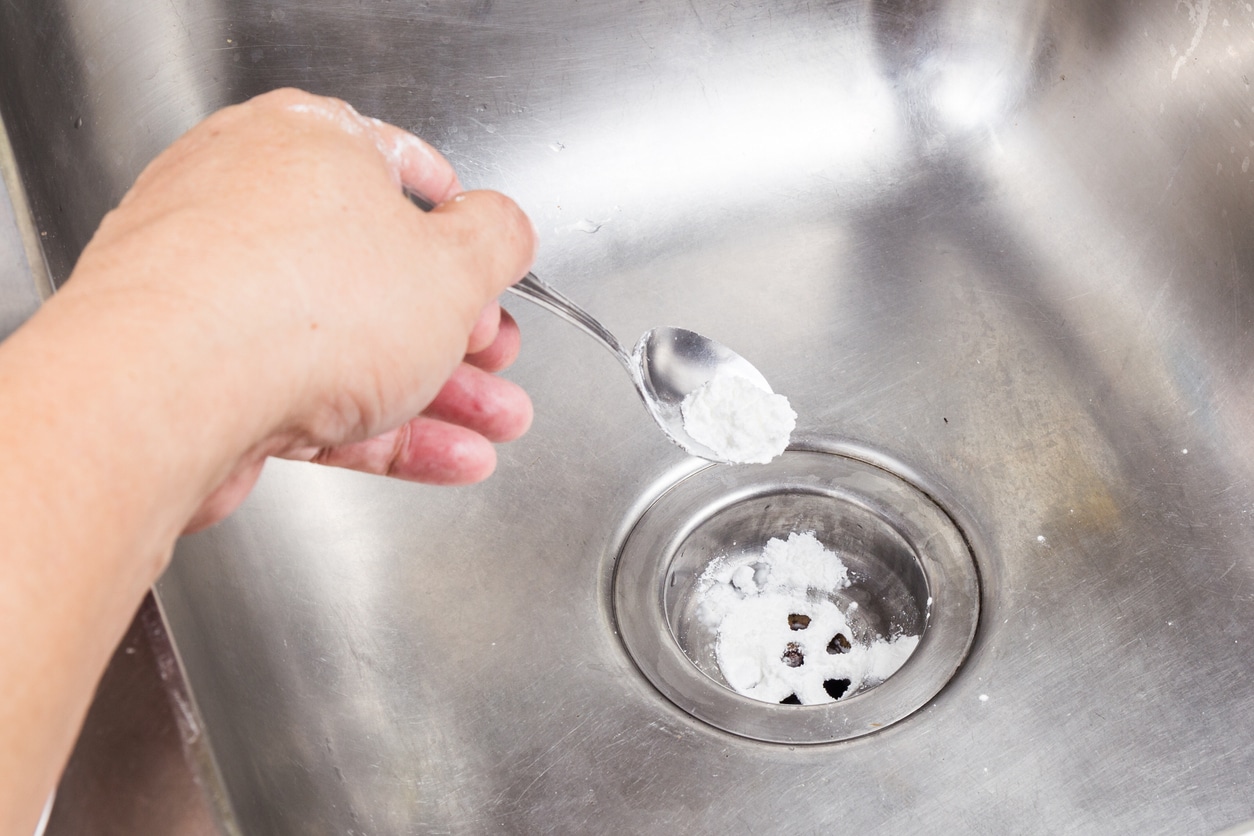Most instances of clogging in your kitchen sink or one of your toilets are minor, in the sense that that are relatively easy to solve using simple tools such as a plunger or a snake auger. A lot of these clogging problems are isolated in the plumbing fixtures themselves, where the clog may happen. This means they do not affect the functionality of the rest of your plumbing installation. In rarer, yet far from impossible cases, the clogging happens in the main drain line itself. This is when an outside drain clean out can be quite a helpful and vital component on your home sewer.
Every plumbing fixture in your home sends wastewater to the public sewer system through your main home sewer line. Once your home sewer is blocked, the problem affects all the fixtures in your plumbing system. Unlike an isolated clogging issue, blockages in the primary drain line are much more difficult to unclog. This can be because of the bigger pipe size, and sometimes tricky access to it. It can also be because of the length of the run of pipe, or turns in the pipe. This is when an outside drain clean out can come in to save your day.
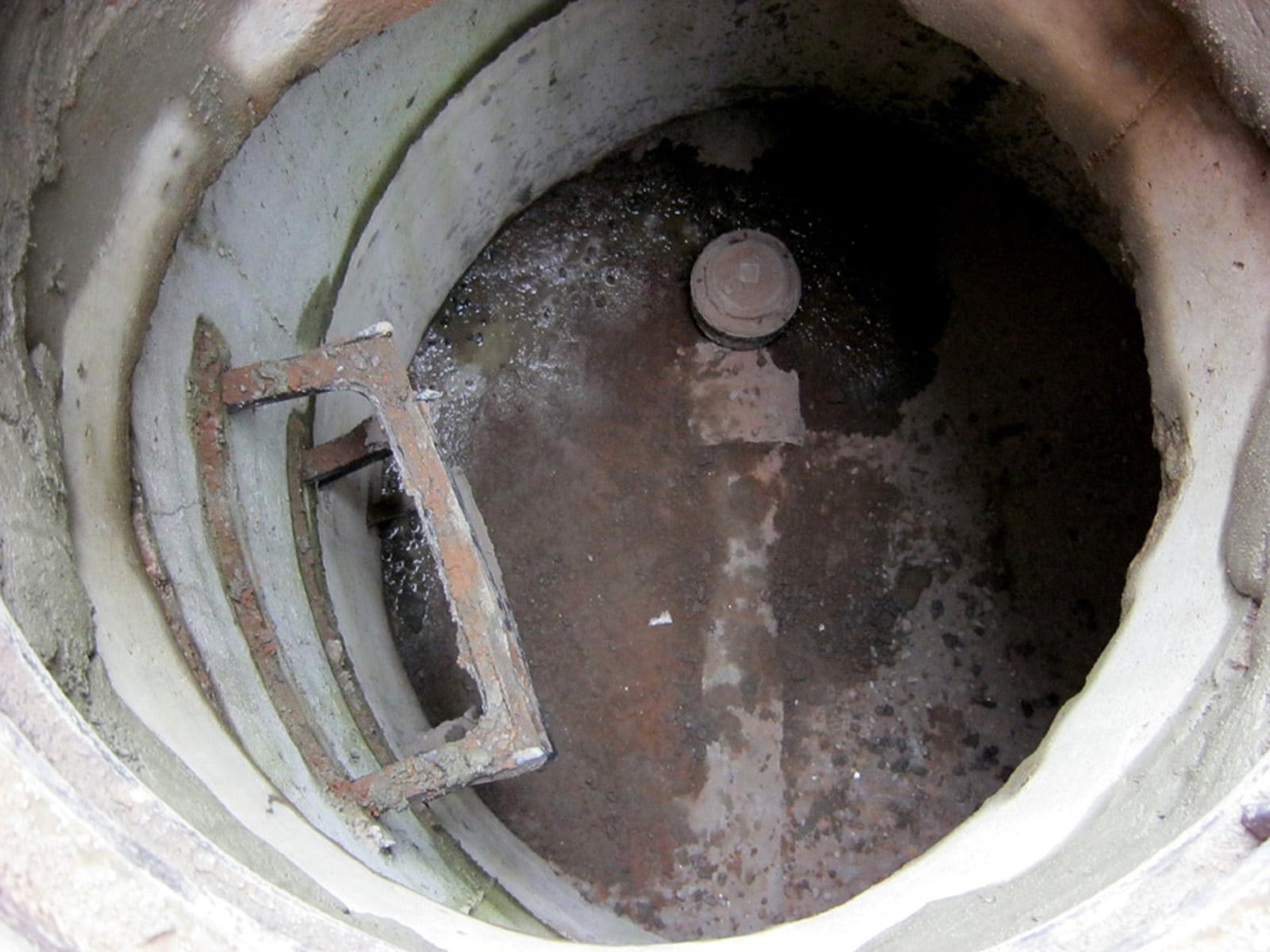
What is an Outside Drain Clean Out?
All water fixtures in the house connect to the main line, the actual pipe that carries wastewater to either a private or public sewer treatment facility. Almost all drain pipes are buried lower than the frost line (or frost depth) to prevent the water inside from freezing. Being below the frost line also prevents the pipe itself from cracking due to extreme low temperature in cold weather. In the event of clogging, most clogs can be cleared from your house sewer trap. However, an outside drain clean out provides easy access to the pipe from above ground, and outside the physical structure of your home. This clean out also provides a location so there may be no need to excavate the soil unless a replacement is necessary.
An outside drain clean out is located anywhere form the outside of your house, to where your main sewer line connects to public sewer system. In a typical building layout, the clean out access appears at ground level on the edge of property line. In other words, this part of the plumbing installation is a homeowner’s responsibility to maintain. Anytime the main sewer line is clogged, plumbers can open the clean out access and address the issue from there. As described below, clean outs are usually required for two particular instances.
Instead of trying to access the main drain line from a sewer access pit inside your home, a drain cleaner will use an outside drain clean out as an entry point for their unclogging equipment. In addition to providing access to the main sewer line, the clean out also functions as a locating point if your sewer has bends, or takes a turn.
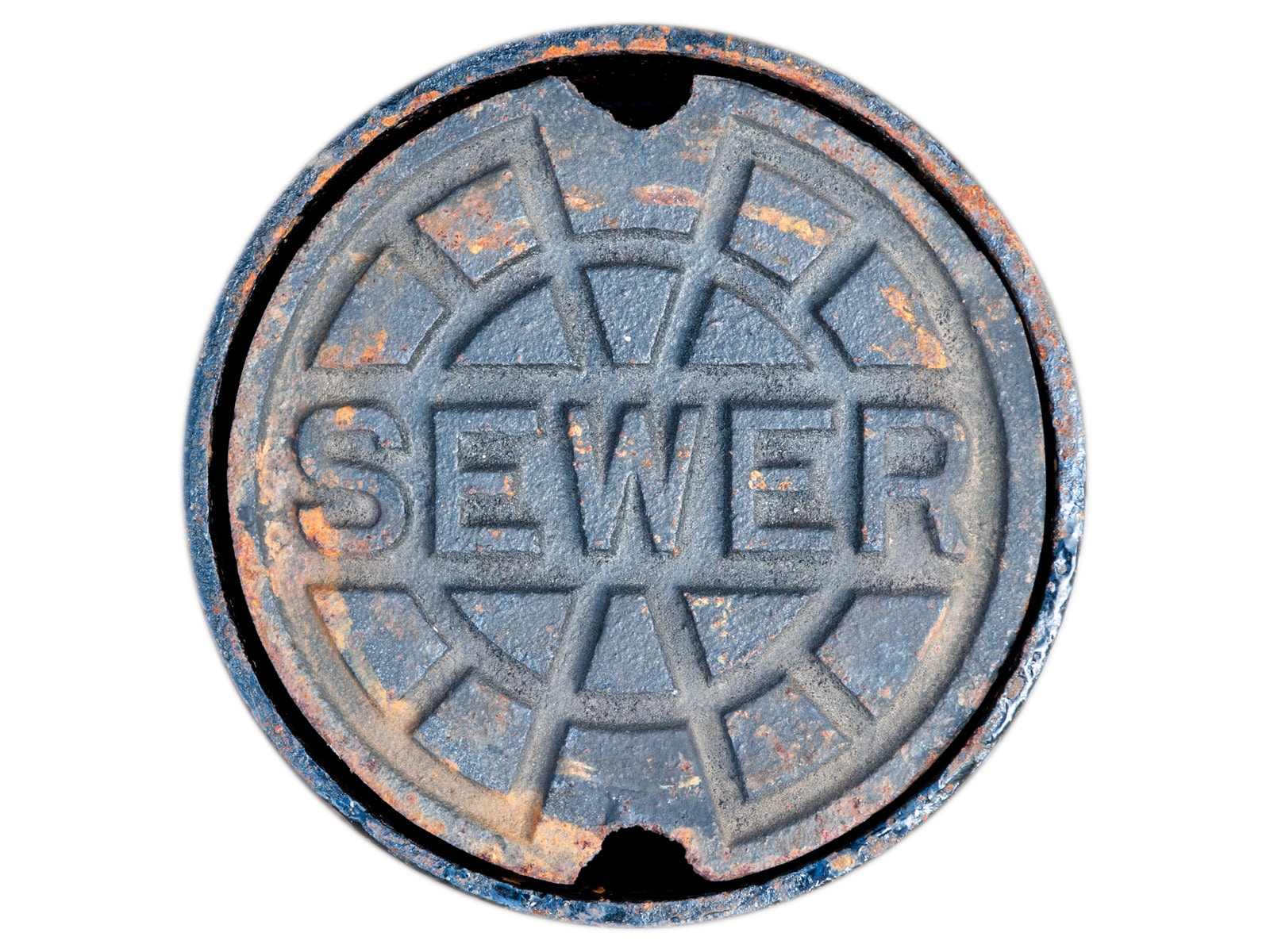
When is an outside drain clean out needed?
Just like most parts of your plumbing installation, homeowners do not usually pay attention to an outside drain clean out. That is, until a problem arises. There are two main circumstances when this component is necessary and will be helpful to you:
1. When the run of pipe is excessively long, or if a clean out is required by code
First of all, the building code in some areas may require at least one outside drain clean out if the main sewer line has a run of 50-feet or longer. One of the main reasons for this requirement is that most electronic sewer snakes have cables of the same length. A clean out allows plumbers to reach the clogged part of the sewer pipe using some readily-available cleaning equipment. If the main sewer pipe is long enough to call for multiple clean outs, make sure each of them is located no more than 50-feet apart. Regardless of the building code in your areas, however, please have at least one clean out connected to your sewer line to have easier access for repair and cleaning purposes if the run is over 50-feet long.
2. A clean out is necessary if the main sewer pipe has multiple turns or bends
Snake augers and hydro jet hoses do their jobs better when they don’t have to make turns inside the pipe. When properly installed in the right location, cleaning equipment should access the sewer pipe more easily without having to make turns.
The clean out also functions as a means to locate your home sewer when there are turns in the run of pipe. This is a great help when you require excavation work to perform a repair. When the cap or plug on a clean out is opened, a flood of wastewater may come out of the access when you have a blockage. Although there is going to be a dirty mess on your lawn or front yard, at least it is better than having it inside the house. You can consider the component a preventive measure in addition to a backwater valve.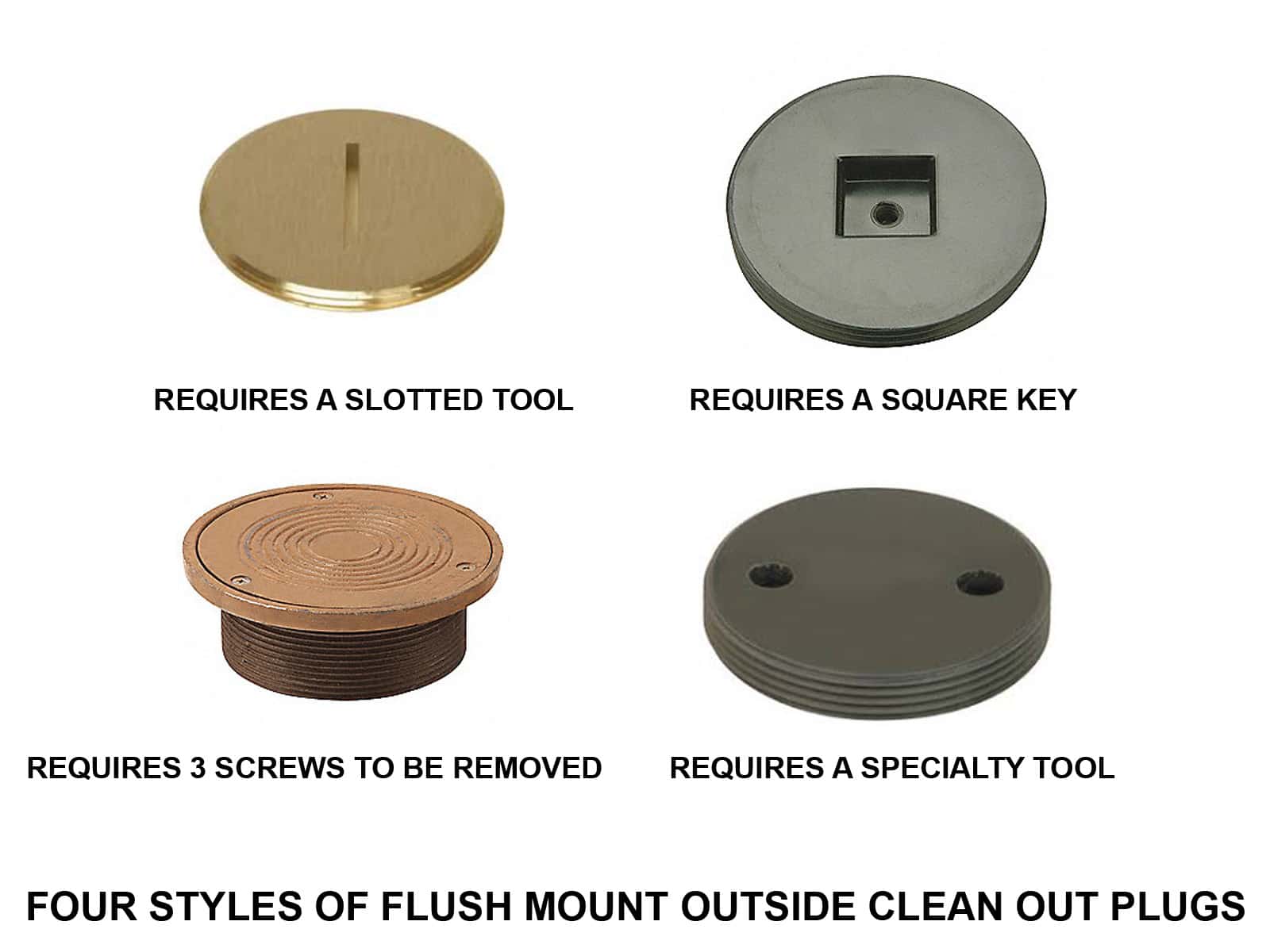
[box]
As per the NYC Plumbing Code outside clean outs are frequently required
708.3.2: Building Sewers Building sewers shall be provided with cleanouts located not more than 100 feet (30 480 mm) apart measured from the upstream entrance of the cleanout. For building sewers 8 inches (203 mm) and larger, manholes shall be provided and located not more than 200 feet (60 960 mm) from the junction of the building drain and building sewer, at each change in direction and at intervals of not more than 400 feet (122 m) apart. Manholes and manhole covers shall be of an approved type.
708.3.3: Changes of Direction Cleanouts shall be installed at each change of direction of the building drain or horizontal waste or soil lines greater than 45 degrees (0.79 rad) in the building sewer, building drain and horizontal waste or soil lines. Where more than one change of direction occurs in a run of piping, only one cleanout shall be required for each 40 feet (12 192 mm) of developed length of the drainage piping. [/box]
Outside Drain Clean Out Materials and Installation
An clean out is connected directly to your main underground drain line typically by the use of a Wye. It then goes vertically, and ends at ground level, with a cap or plug. The access is located somewhere outside the building, and may be hidden underneath a covering plate. You don’t know when you will need to open the cover, so make sure the plate is properly marked and labeled to avoid confusion. The door is constantly exposed to the elements, so heavy-duty material is a must. Extra heavy cast iron is preferable, but PVC is also often used to lesser effect.
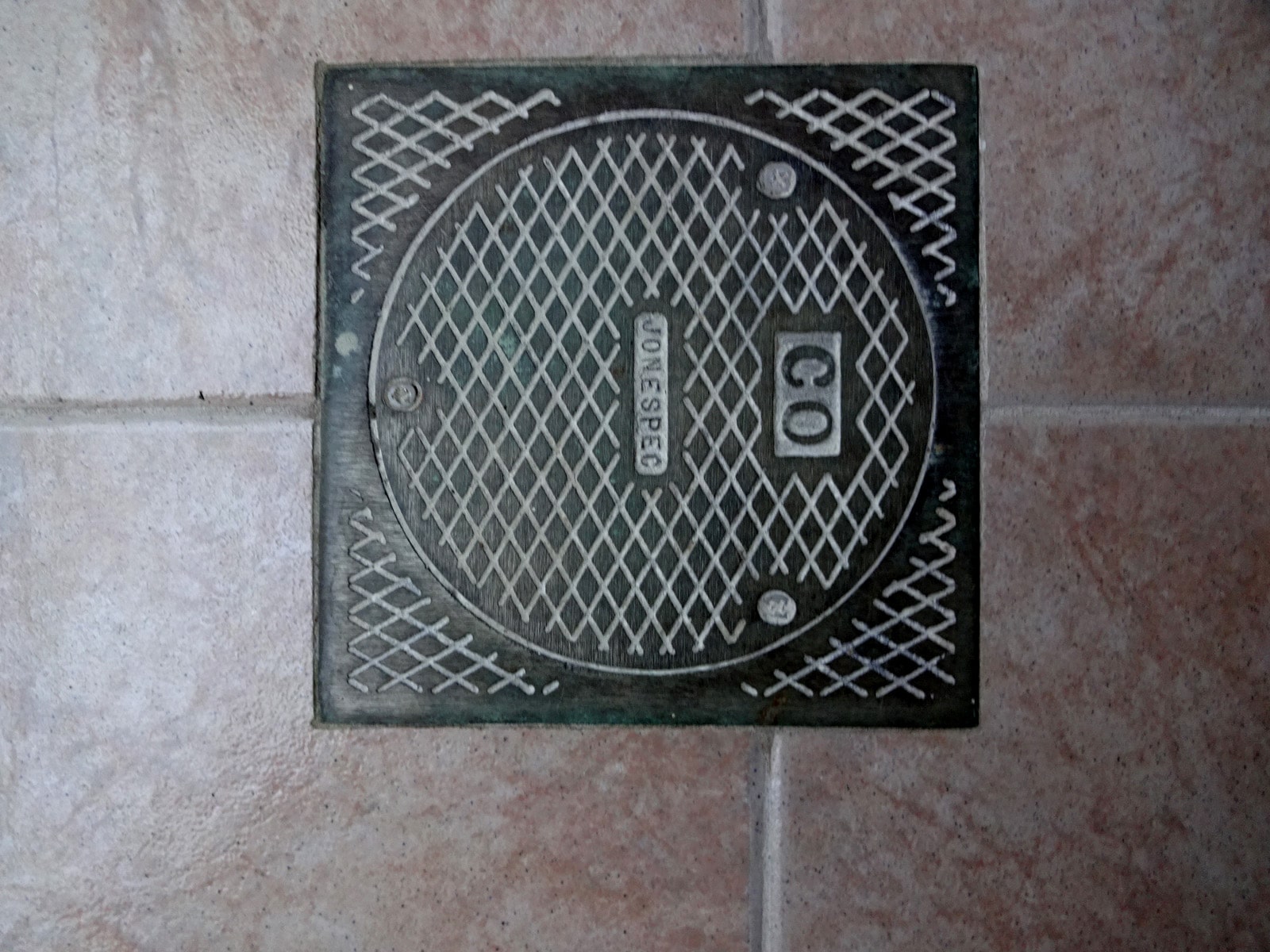
The clean out plug or cap must be fitted to the end of the clean out pipe with corrosion-resistant fasteners. The plug itself can raised to some inches above ground for easier opening/closing, but that exposes it to possible damage. Many times a ring of concrete is installed around the cover to keep it exposed, and to prevent future damage. That is especially a good idea if it is in a grass area, and exposed to lawn mowers, etc. That also helps prevent grass from growing over and covering the access for the clean out. Keep in mind that clean out pipes go upwards from the sewer line to ground level, which means the pipe is not actually below frost depth. This is why durable corrosion-proof material is best.
When it comes to installation, there are some rules of thumb to follow:
- A clean out must allow easy opening, closing, and accessing the sewer line in the direction of the flow of wastewater.
- Locations where the clean out plugs are installed should not be used for installation of other buildings, fixtures, drains, or branch lines. A clean out soles purpose is for drain maintenance, not for drain connections.
- The size of the clean out pipe should be the same size, or just one size smaller than the sewer line to which it is attached. 4″ lines should have an equal sized clean out, for 6″ and 8″ lines the size can be one size smaller. The opening can be fitted with larger diameter plug for easier access.
- Many times a secondary cover is installed to avoid direct pressure on the pipe itself. If a clean out is forced down, and to settle, it can likewise cause your main sewer line to settle or break as well.
Another thing to consider is the covering plate. While it is important to use durable weather-resistant material, the covering plate should not be made of a non-plumbing material such as, plaster, cement, wood, etc.
Who Should Install an Outside Drain Clean Out?
Installing or connecting an outside drain clean out pipe is no small undertaking. You need to excavate the soil to reach the sewer line itself. Then some adjustments must be made before the new component can be fitted. Adjustments may include cutting (removal) and giving a perfect fit to the clean out. The underside of the newly installed pipe may require base support to prevent sagging as well. The excavated soil is then compacted and settled to the place it was before.
It may seem like a simple procedure to some people. But in reality the process is much more laborious and tricky unless you use the right equipment and actually know what you are doing. Considering the importance of clean out in a plumbing installation, it is wise to leave the job to licensed professional plumbers. When you need professional advice, or an expert installation, contact the Balkan Team.



